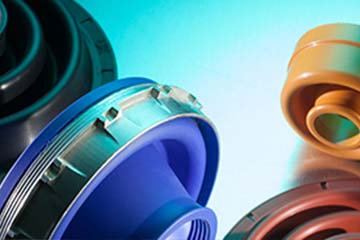They specifically said the DC would not handle the angles. I sent them all the angles of my driveline. They then said the Rzeppa can handle more angle than the DC. Which is accurate by the books. But they qualified it all with the Rzeppa boot is maxed out so failure is eminent.
Certainly an option. Not as cost effective if we can get a core axle to cut and turn. Someday we will see a Gren on 60's but that might be awhile. I suspect Ineos will correct the front pinion angle some day. They likely will run through their first batch of axles before though.
It does appear that the Rzeppa isn’t maxing out its working angle mechanically but rather the boot is ripping and that leads to failure. Axle half shafts on independent suspension trucks run Rzeppa joints at more acute angles without failing BUT they use a large external boot instead of the small captive one that we all have. I’m wondering if there is a boot that we can slide over the existing Rzeppa and fill with grease. That way it won’t matter if the inner captive boot rips and spills grease. A larger boot with bellows will handle the repeated flexing much better that that tiny captive boot. Obviously this is why they are used on front axle half shafts that need manage both suspension travel AND steering angle inputs constantly. Hell, I wonder if this isn’t going to be the “new CV” that we are promised for the 2025 model year.
Something like this:




